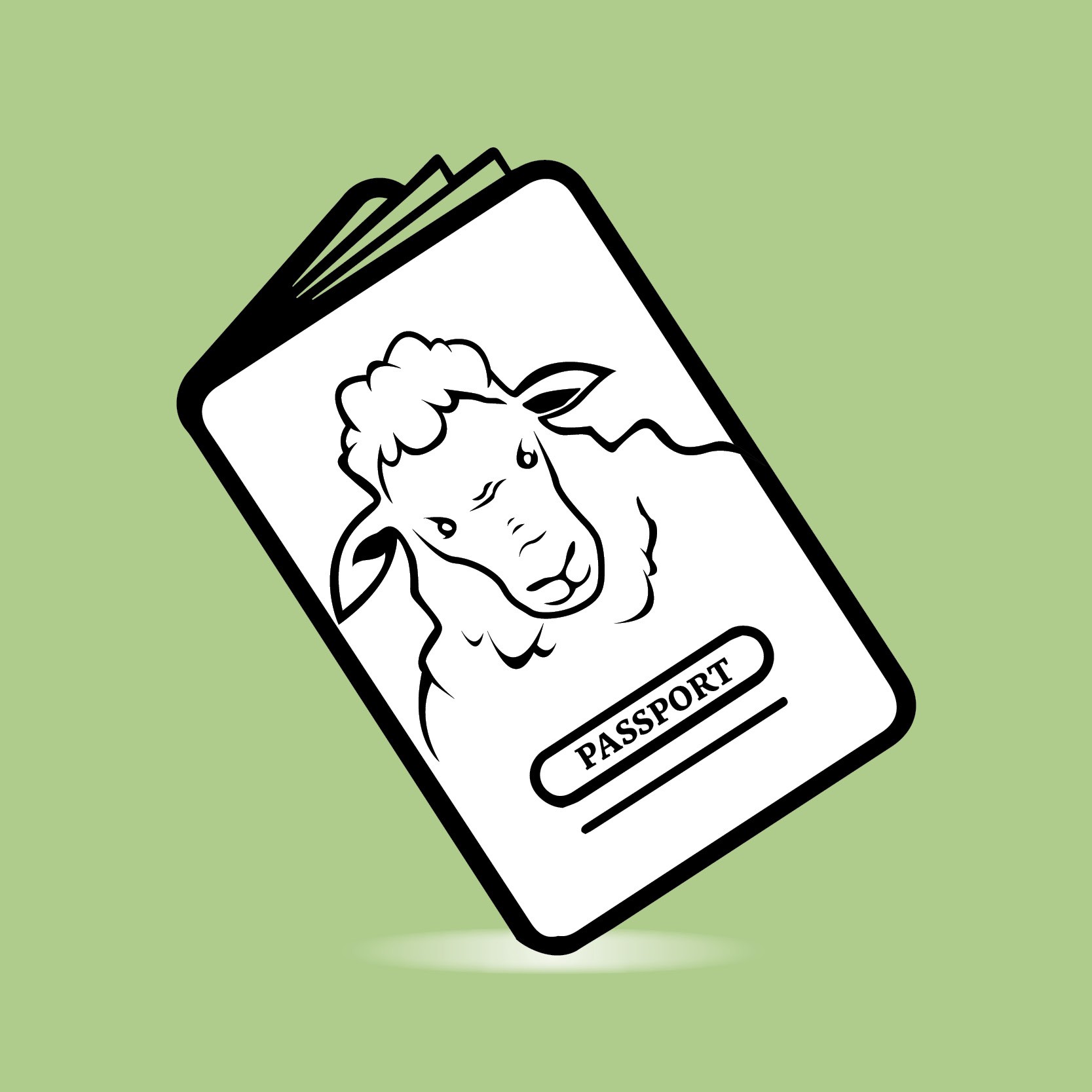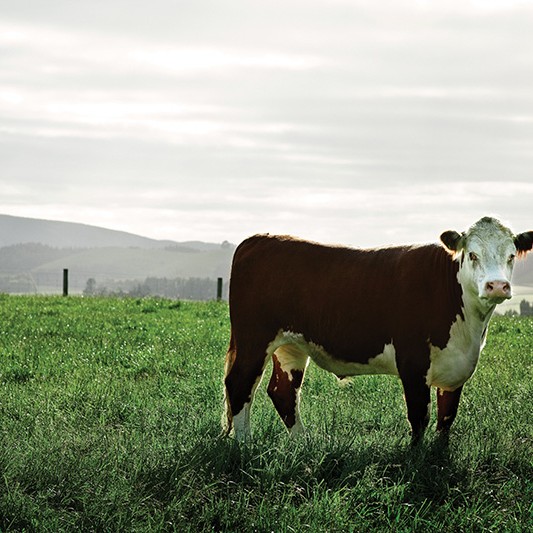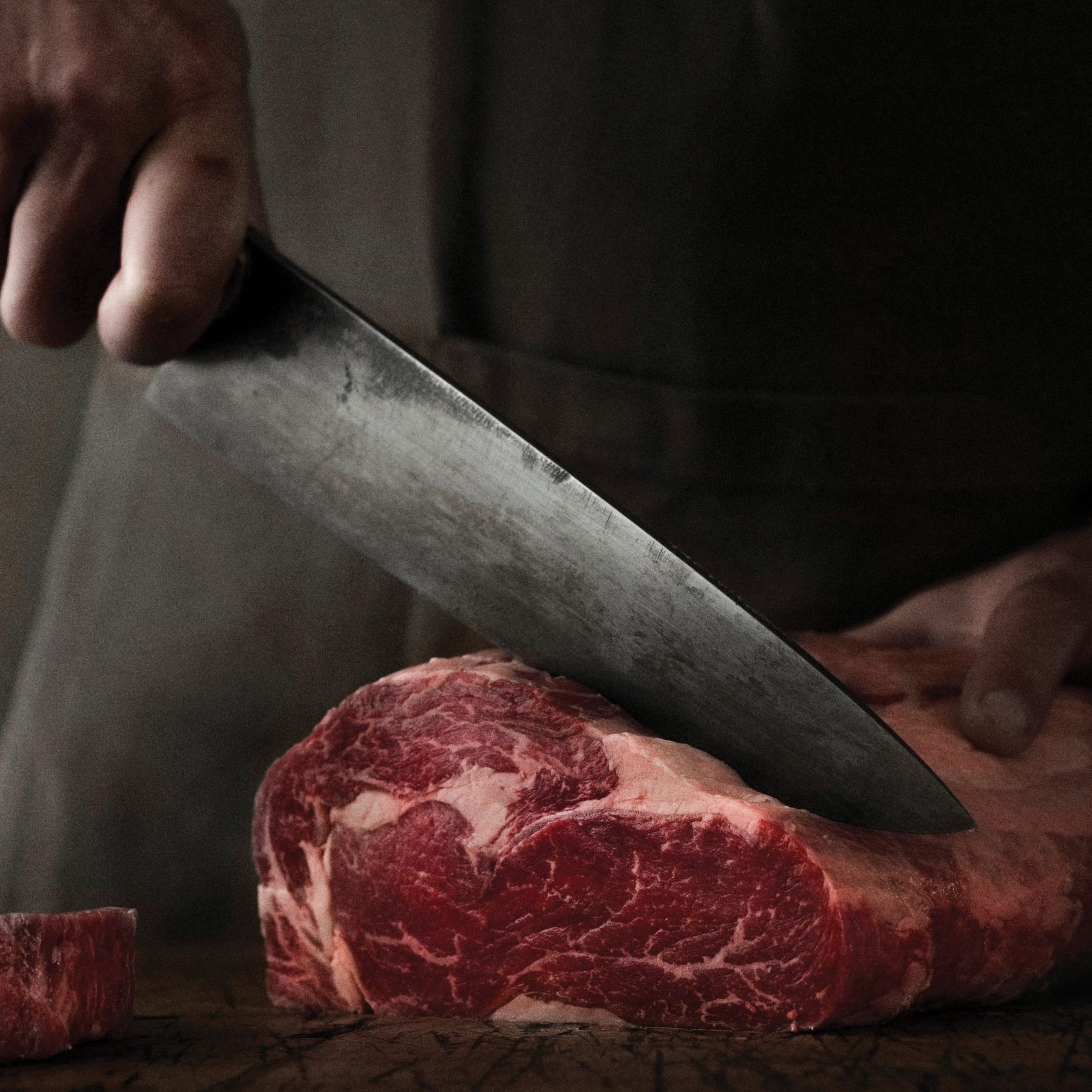All articles
Broadening horizons through small group learning
Taking the opportunity to join an Action Group with other like-minded farmers opened Malcolm White’s eyes to new ideas and different perspectives, while giving him the confidence to follow his own path.
Winning genes
Te Akau sheep and beef farmers Alastair and Ann Reeves were the Supreme Winners in this year’s Waikato Ballance Farm Environment Awards. Beef + Lamb New Zealand talk to them about their use of genetics to address animal health and environmental challenges, their farm system and community leadership. Photos Beef + Lamb New Zealand.
Bringing the Tech to Merino for 35 years
If you follow good genetic principles, you make good progress. Words Dr Mark Ferguson.
The role of a parasite management plan
If you discover drench resistance on your farm, a parasite management plan, specific to your farm, can be an important piece of the puzzle to ensure you have the tools and strategies to help tackle the problem with confidence. Words Sara Sutherland.
Drench passport on the way?
As the drench resistance train continues at speed through the New Zealand sheep industry it is leaving many lamb purchasers asking ‘why can’t drench resistance be included on the Animal Status Declaration (ASD)?’ Words Ginny Dodunski.
What’s the Beef?
Over 1.8 million non-replacement calves are produced annually and processed at 4-7 days old in New Zealand. Matt Iremonger’s 2023 Nuffield report looks at the opportunity for beef on dairy to shift the value chain from dysfunctional to functional.
In search of the holy grail
Tools available to farmers to help reduce Greenhouse Gas emissions are thin on the ground currently, but AgriZeroNZ is doubling down on its efforts to deliver the holy grail – a methane vaccine – with its recent investment in US start-up ArkeaBio. Words Rebecca Greaves.
Alliance Group takes blowtorch to costs to save co-op
Space has been shaved off at Alliance Group’s head office in Christchurch to save money spent on rent.
Survival of the Fittest
Legacy structures are proving to be a major headache for the meat processing sector and the farmers supplying it with livestock. Words Tony Leggett.
Change-Makers
Since returning home to his family’s farming operation on Banks Peninsula eight years ago, George Masefield along with his wife Emma, have made some significant changes. The couple, with the support of George’s parents John and Carol, bought a tractor and have not looked back. Sandra Taylor talks to them about the development programme which has transformed their business and enabled them to finish all of their lambs on their dryland hill country and buy in trading stock.
Photos Kelly Shakespeare










